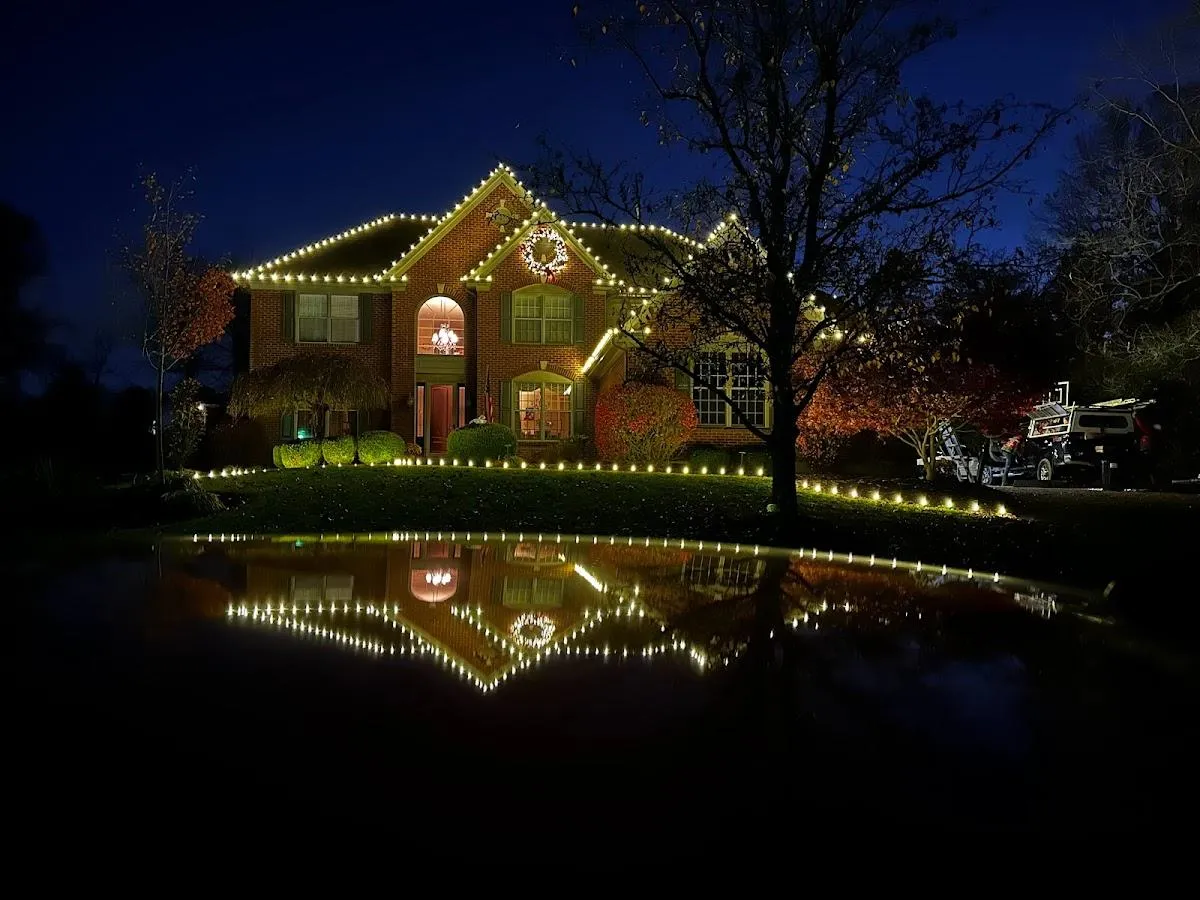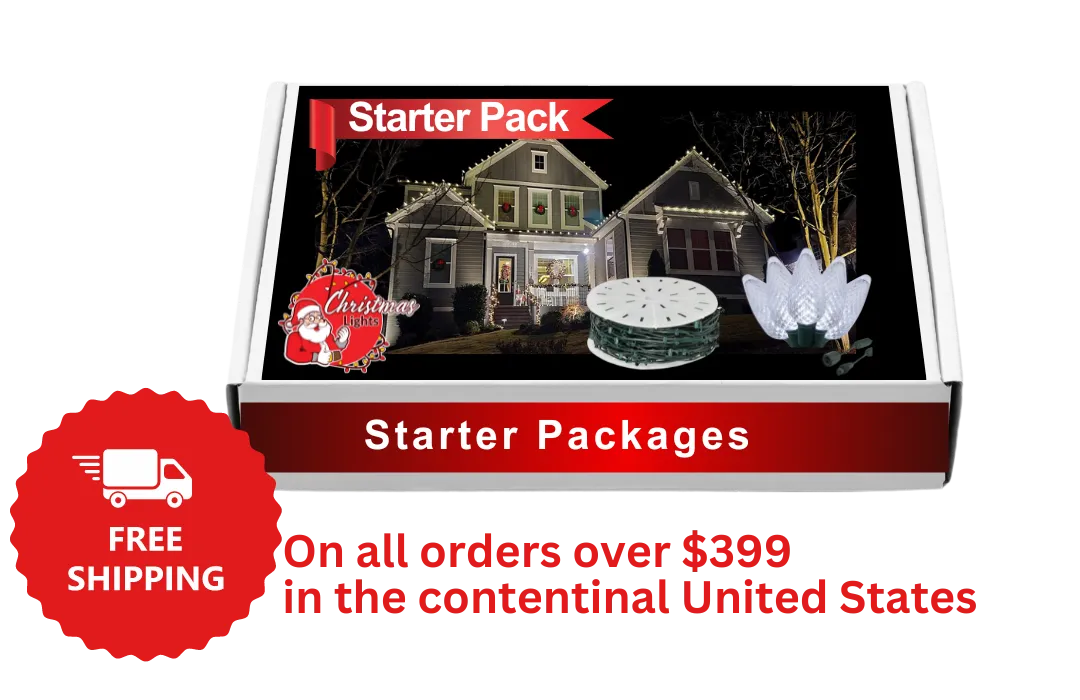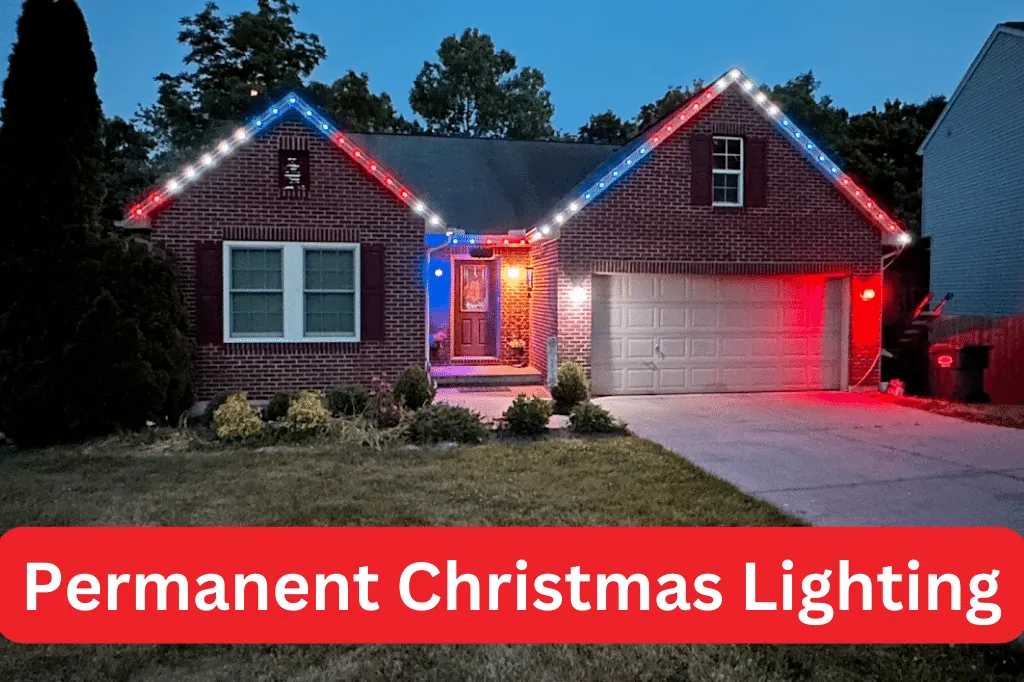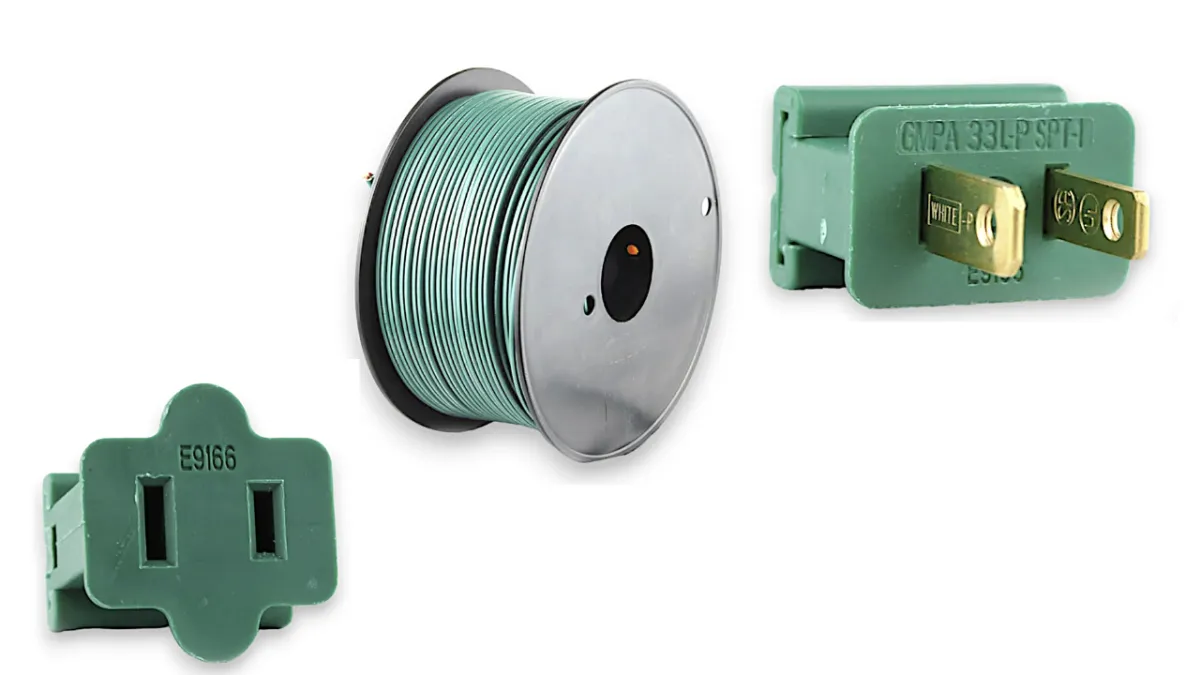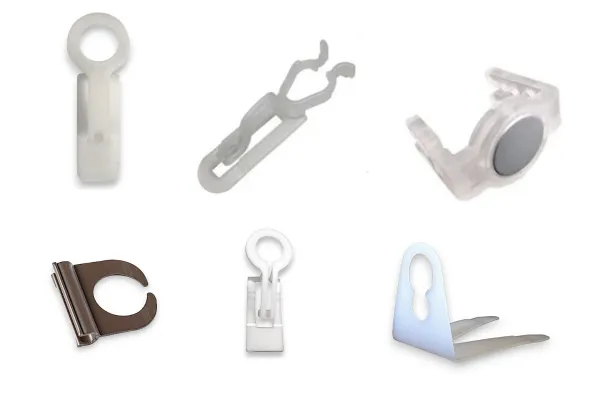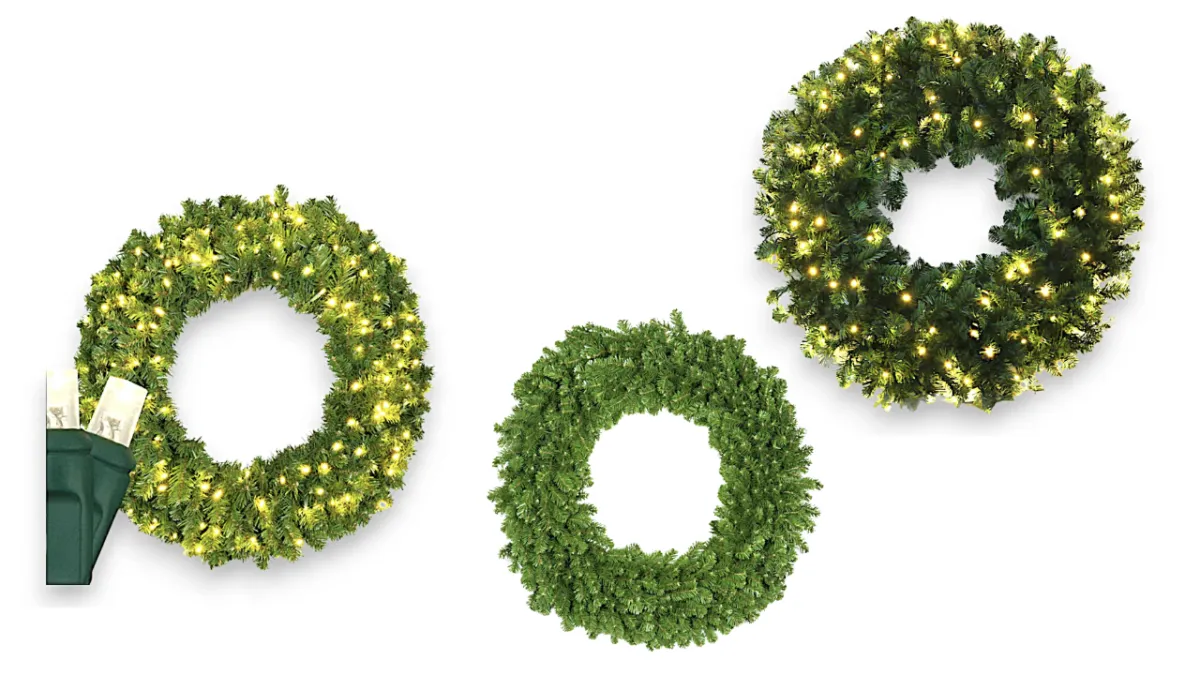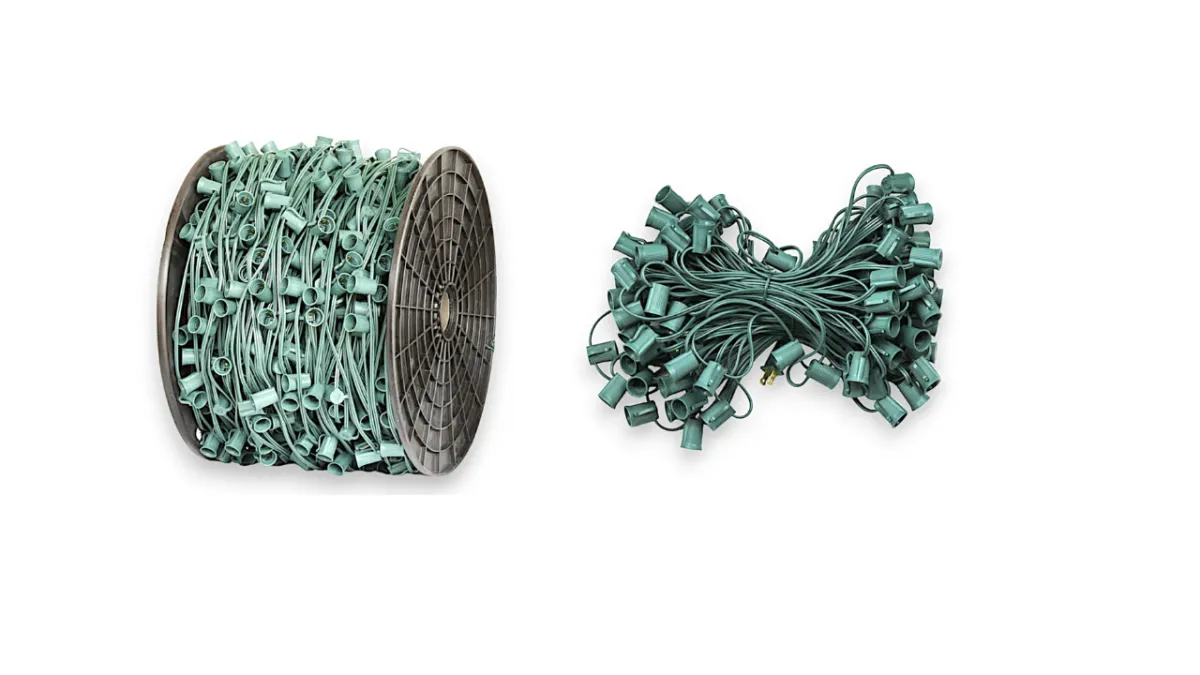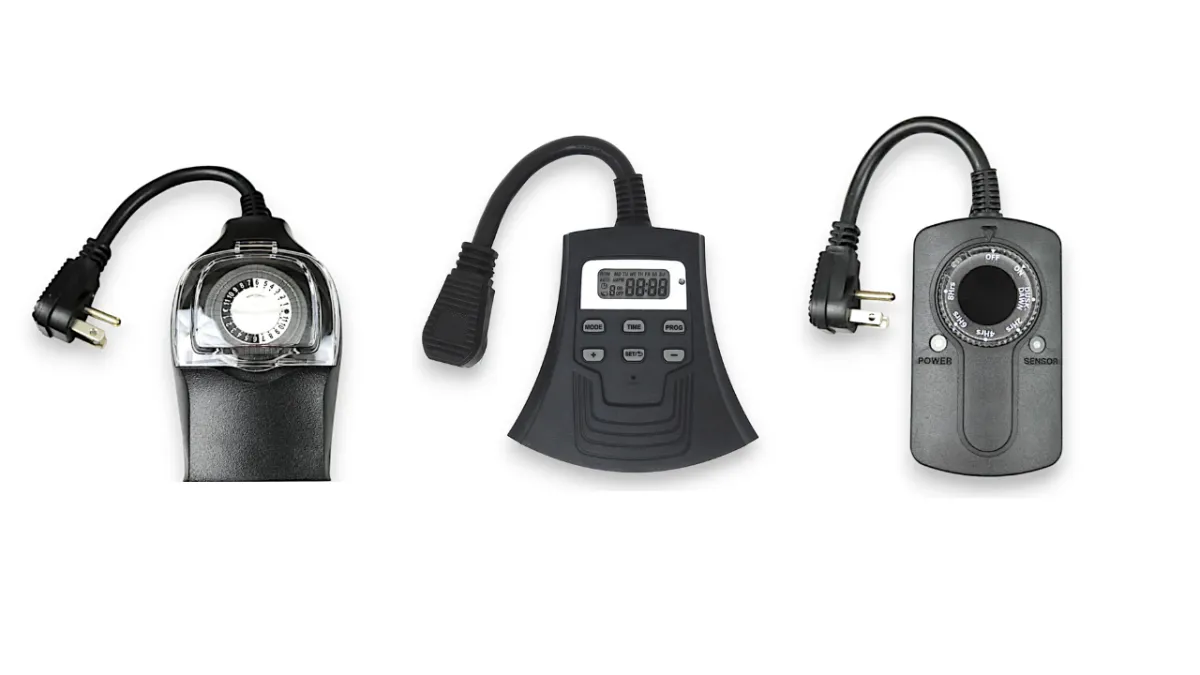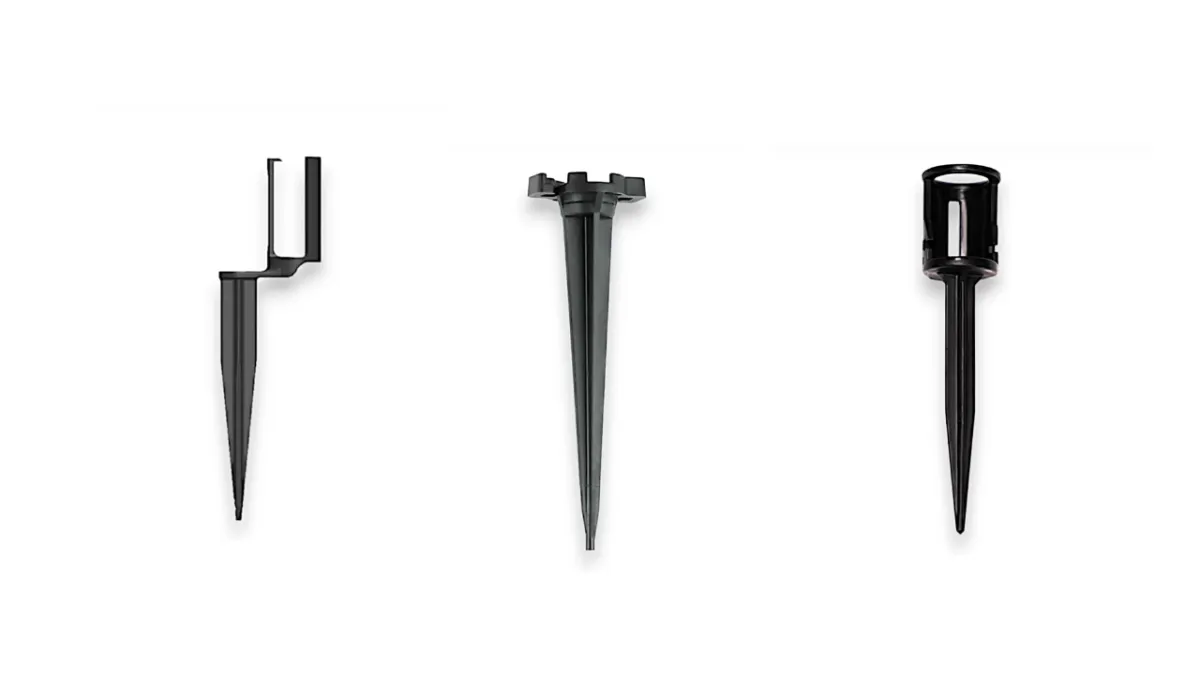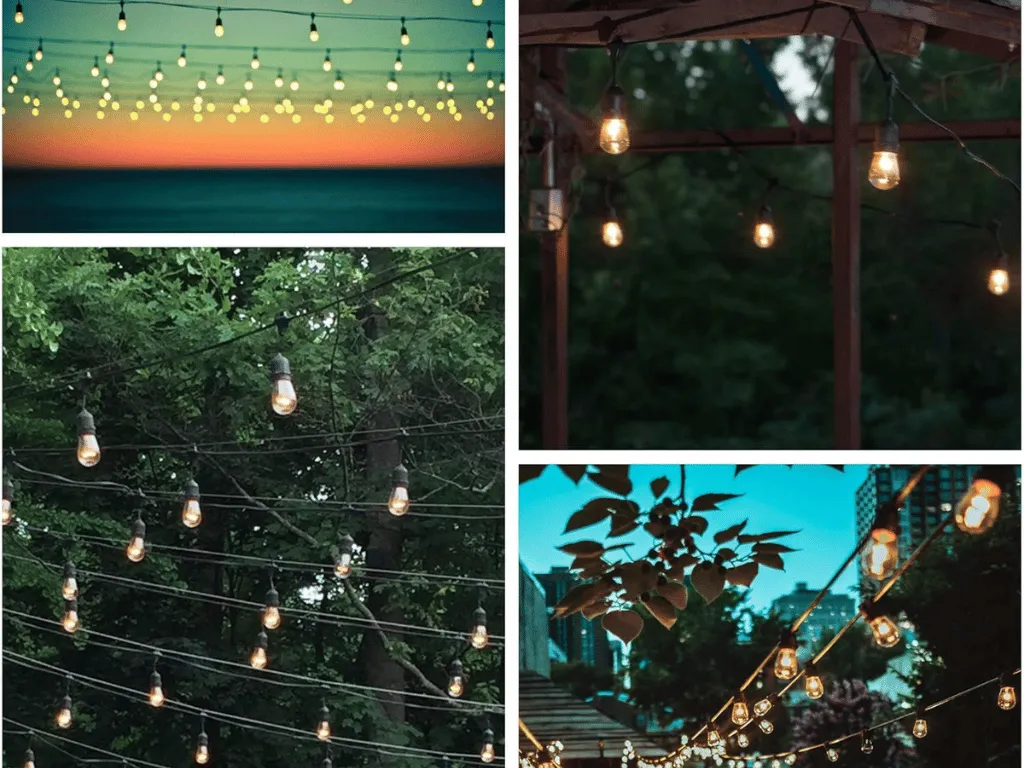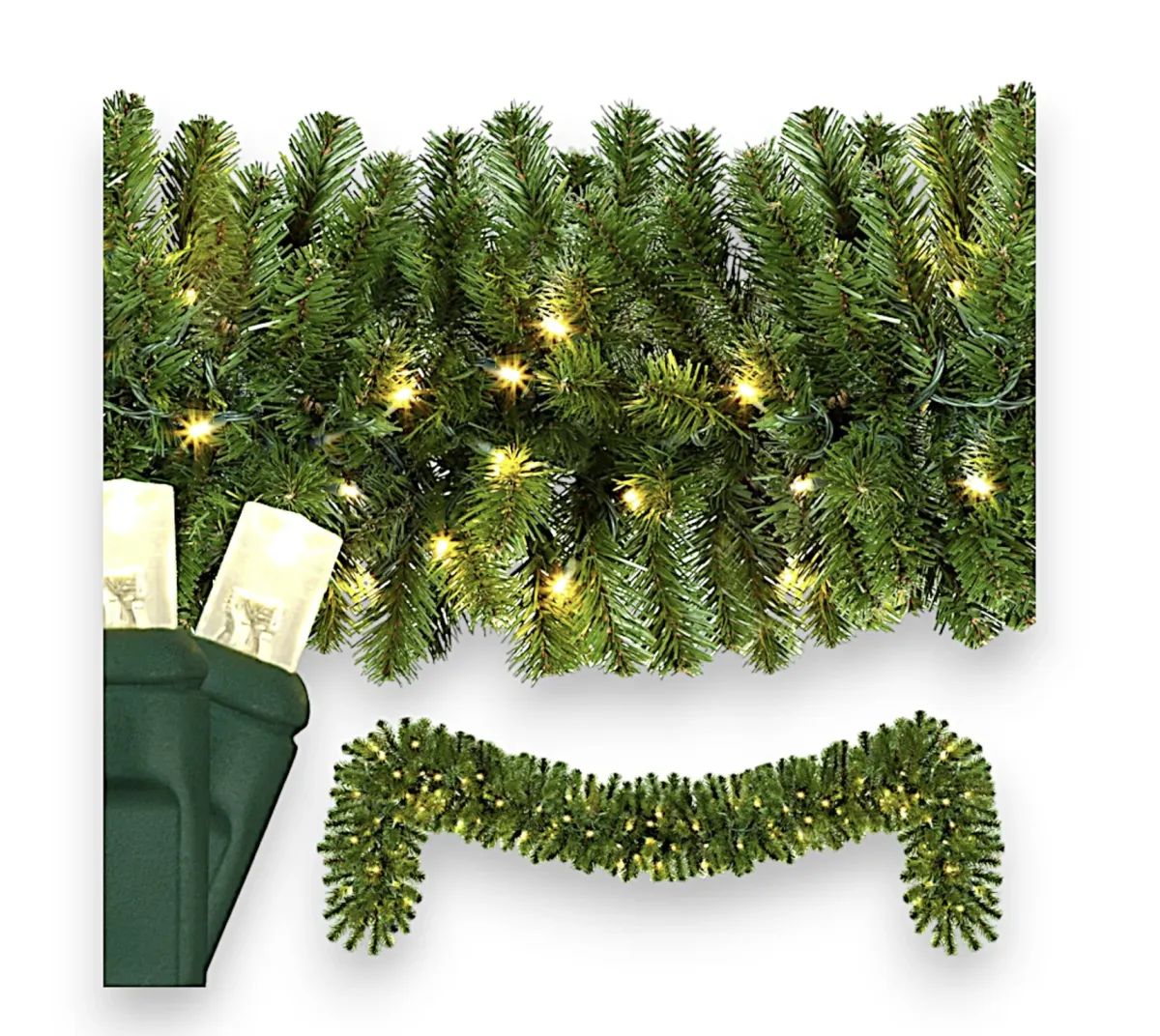All The Lights, Wire, Plugs, Garland, And Wreaths You Need To Build A Successful Christmas Lights Business
Premium Wholesale Christmas Lights supplies for Professional-Grade Installations
Your One-Stop Shop for Exceptional Christmas Lighting Solutions
Welcome to the ultimate resource for all your Christmas lights installation needs!
We understand the importance of quality, durability, and variety when it comes to building a successful Christmas lights installation business. That's why we offer an extensive selection of everything you need to illuminate the holiday season with brilliance and style.
All Christmas Lights Supplies
Professional-grade Christmas light supplies at unbeatable wholesale prices. Our premium holiday lighting solutions are specifically designed to meet the needs of professional installers, offering the highest quality and durability for stunning and reliable Christmas light displays.
EASY Starter Packages
Kickstart your holiday lighting business with our all-inclusive Christmas lights starter packages. These packages include everything you need, from bulbs and clips to socket wires and extension cords, ensuring you're fully prepared to begin your lighting installations from day one.
Discover Expert Tips on Our Blog
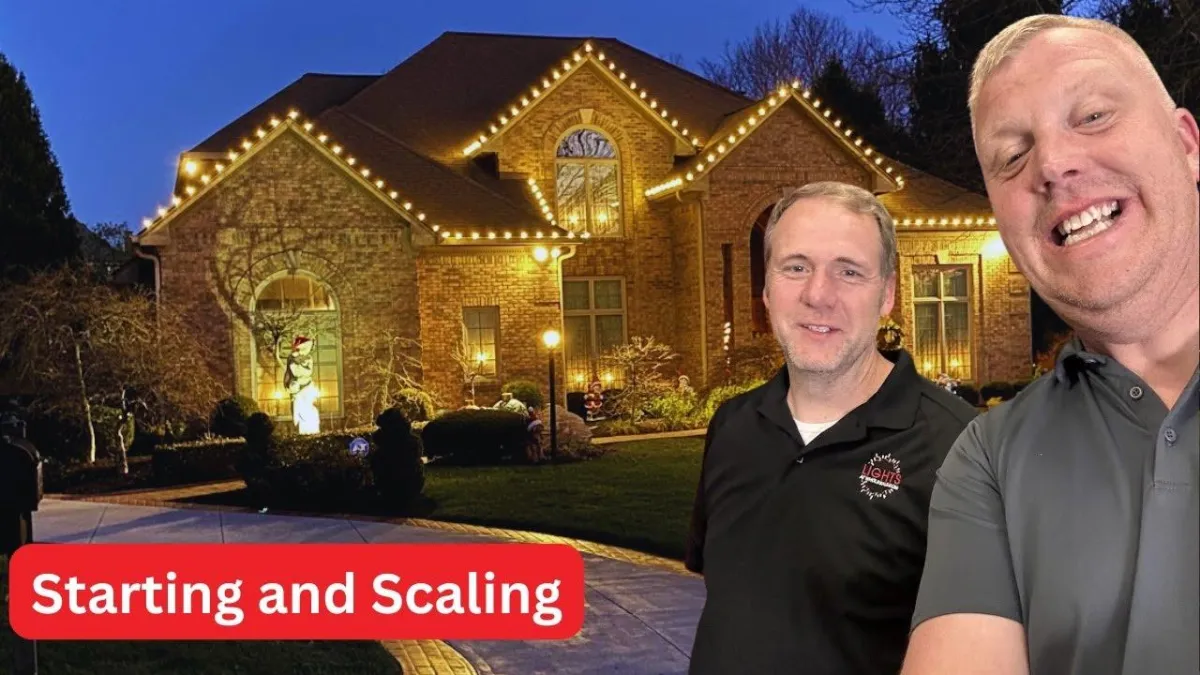
From Startup to Scale: Managing Larger Christmas Light Installations
The Christmas light installation industry continues to grow, offering incredible opportunities for entrepreneurs willing to embrace both its challenges and rewards. Whether you're just starting out or looking to expand your existing operation, understanding how to scale effectively while maintaining quality service is crucial for long-term success.
When to Start Scaling
One of the most common questions in the Christmas light installation business is when to start scaling. The signs that it's time to grow aren't always obvious, but certain indicators should catch your attention.
If you find yourself sitting on a roof for 45 minutes answering phone calls instead of installing lights, that's a clear signal you need help. As one successful installer noted, "I was sitting at the same spot for 45 minutes because I keep having all these phone calls coming in." This situation not only reduces your productivity but also impacts your ability to provide quality service to existing customers.
The revenue threshold can also guide your scaling decisions. Most solo operators can handle between $100,000 to $200,000 in annual revenue with minimal help. Beyond this point, trying to maintain operations alone becomes increasingly difficult and potentially dangerous due to rushing between jobs.
Another key indicator is booking out too early in the season. While it might seem great to be fully booked through November, this often means your prices are too low. When you're booked solid early, you're likely leaving money on the table and missing out on higher-paying last-minute customers who typically appear after Halloween.

First Hiring Decisions
When scaling your operation, your first hire should be someone to handle phone calls and customer service. This position is crucial as they become the voice and face of your company. Many successful operators find that hiring women for customer service roles can be particularly effective, as they often excel at understanding customer needs and selling the experience rather than just the service.
"The most important position is the person that answers the phone," as one industry veteran puts it. "They are the face of your company... you want to make sure that you get someone that has some attitude with them, like a good attitude and can talk friendly with people."
When it comes to installation crews, start by creating detailed training procedures. Document everything through videos and written materials. This investment in training materials pays off as you continue to grow, allowing new hires to review procedures independently rather than requiring constant supervision.
Equipment and Infrastructure
Making smart decisions about equipment is crucial for sustainable growth. While many dream of a fleet of new vehicles, successful operators often recommend starting with what you have. One successful installer shared that he started with a Toyota Camry, adding a ladder rack to make it work. The key is to match your equipment to your business model and growth stage.
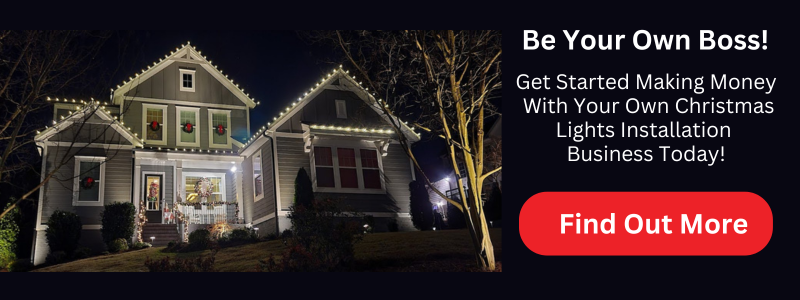
For those ready to invest in vehicles, the choice between vans and trucks with trailers often depends on your existing business model:
- Cargo vans work well for dedicated light installation businesses
- Trucks and trailers might make more sense if you're also running a landscaping operation
- Consider your crew's driving experience - not everyone is comfortable maneuvering trailers
Operations Management
Efficient operations become increasingly important as you scale. Route optimization and territory management can significantly impact your bottom line. One successful approach is to target specific neighborhoods and build density in those areas rather than traveling across town for individual jobs.
"Focus on neighborhoods," advises one veteran installer. "There's enough homes that if you get into a neighborhood, you can keep doing more and more of those." This strategy not only reduces drive time but also increases referral opportunities and makes service calls more efficient.
Inventory management becomes crucial as you grow. While a $5,000 initial investment in materials might seem substantial, it can disappear quickly once jobs start rolling in. Develop systems to track:
- Materials allocated to each job
- Inventory levels across multiple crews
- Reorder points for popular items
- Storage and organization systems
Communication Systems
Perhaps the most critical aspect of scaling successfully is developing robust communication systems. This includes both external communication with customers and internal communication with your team.
Successful businesses often maintain 50 or more touchpoints with customers throughout the year, from initial contact through post-season follow-up. These touchpoints might include:
- Initial inquiry response
- Quote delivery
- Installation scheduling
- Day-of-installation updates
- Quality checks
- Take-down scheduling
- Off-season maintenance communications
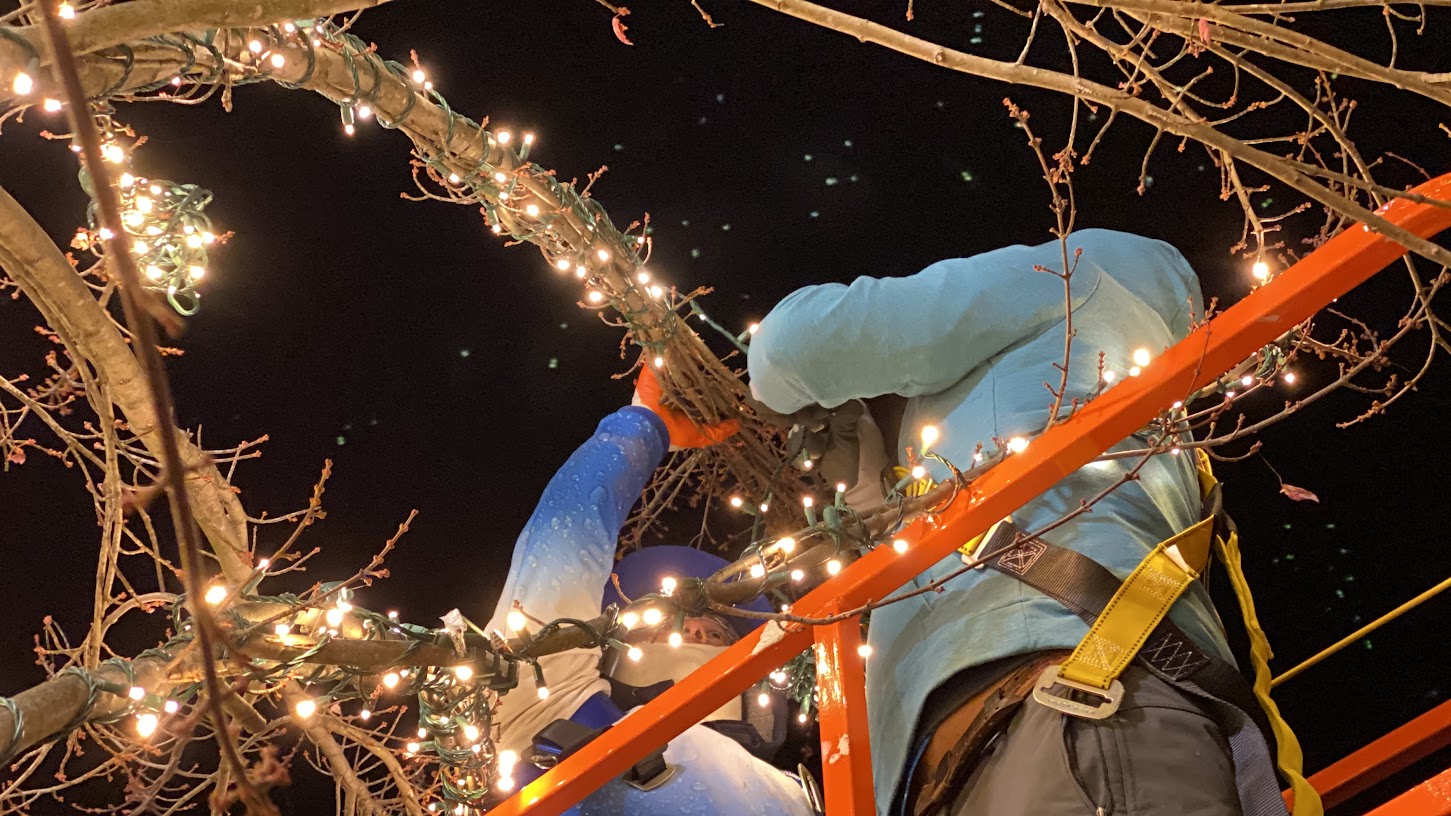
Internal communication is equally important. Create clear channels for:
- Safety concerns
- Job site challenges
- Schedule changes
- Inventory needs
- Quality control issues
Pricing Strategy for Growth
One common mistake when scaling is not adjusting prices appropriately. Many operators keep their prices too low for too long, making it difficult to sustain quality service as they grow. Remember that later-season customers (mid-November onward) often have higher budgets and are more concerned with getting the job done than finding the lowest price.
Consider implementing tiered pricing:
- Early season rates
- Peak season premium rates
- Rush job surcharges
- Commercial project rates
One installer shared that when he raised his prices from $4-5 per foot to $8 per foot, he found it was "about the same" difficulty to close sales. The lesson? Don't undervalue your service out of fear.
Future Growth Opportunities
The Christmas light installation industry continues to evolve, particularly with technological advances. Permanent lighting installations represent a growing segment of the market, with some installers reporting more calls for permanent installations than traditional seasonal lighting.
New opportunities include:
- Color-changing lighting systems
- Smart home integration
- Year-round decorative lighting
- Holiday-specific programming
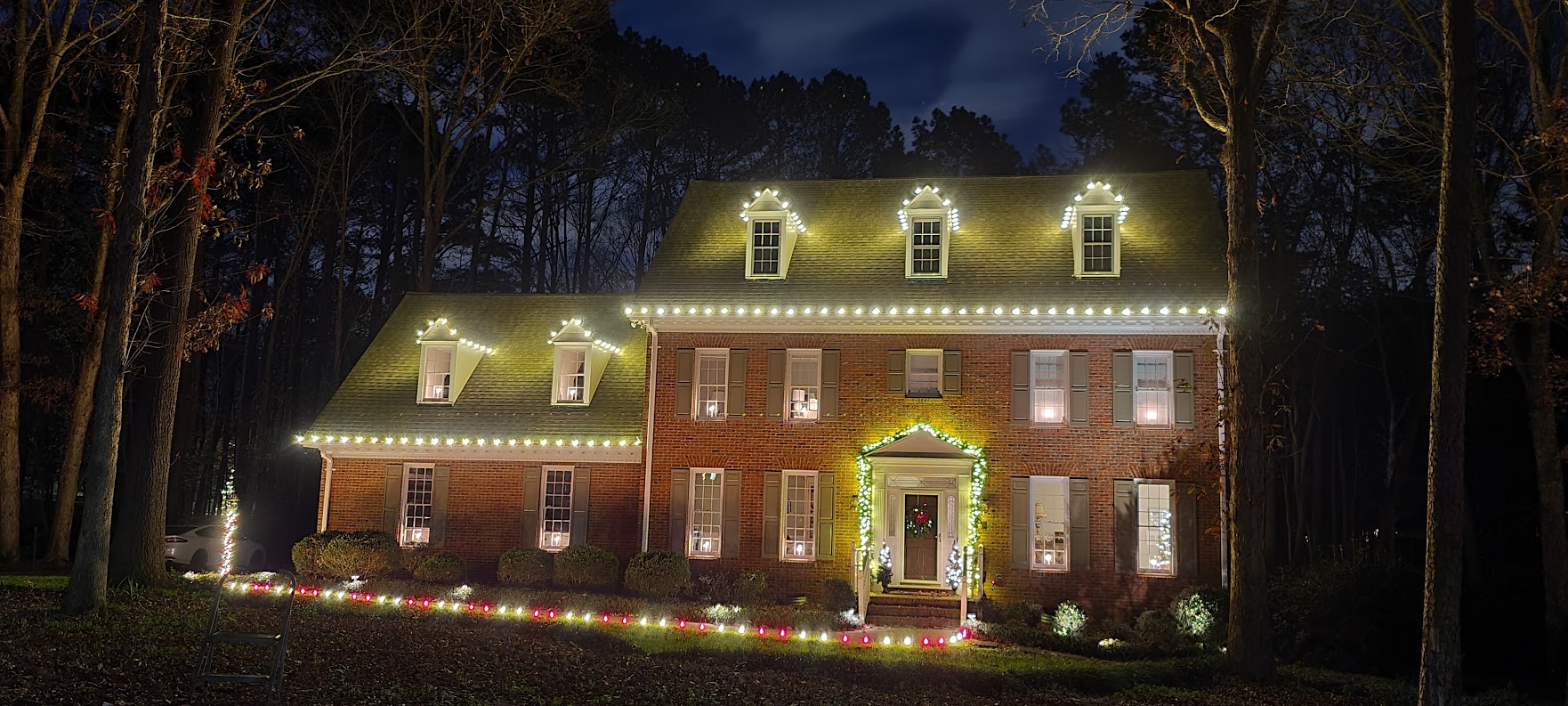
Safety Considerations Throughout Scaling
As you scale your business, never compromise on safety. Heavy workloads and tight schedules can tempt crews to take shortcuts, but one accident can devastate your business and, more importantly, someone's life.
Key safety considerations include:
- Proper ladder and roof safety equipment
- Regular safety training
- Clear weather-related policies
- Equipment maintenance schedules
- Communication protocols for dangerous situations
Scaling a Christmas light installation business requires careful balance between growth and quality service. Success comes from:
- Recognizing the right time to scale
- Making strategic hiring decisions
- Investing in proper equipment and systems
- Maintaining strong communication
- Implementing appropriate pricing strategies
- Never compromising on safety
Remember that it's never too late to start or scale your Christmas light installation business. Some of the most successful operators started as late as mid-November and still built thriving enterprises. The key is to learn from each season, document your processes, and continuously improve your operations.
Whether you're aiming to grow from solo operator to multiple crews or from local service to regional provider, focus on building sustainable systems that can support your growth. Your success in scaling will depend not just on how many lights you can install, but on how well you can maintain quality, safety, and customer satisfaction as you grow.
Most importantly, don't get discouraged if your phone isn't ringing before November 1st. The season has natural rhythms, and understanding these patterns will help you plan your growth effectively. With proper planning, systems, and execution, your Christmas light installation business can scale successfully while maintaining the quality that got you started in the first place.

Q1: When is the right time to hire my first employee?
A: It's time to hire when you find yourself consistently unable to handle phone calls while installing, missing appointments, or if you're reaching $100,000-$200,000 in annual revenue as a solo operator. A key indicator is spending excessive time answering calls while on job sites instead of completing installations.
Q2: What should be my first hire in a Christmas light installation business?
A: Your first hire should be someone to handle phone calls and customer service. This person becomes the face of your company and is crucial for maintaining customer relationships. Many successful operators find that hiring someone who is naturally personable and good at communication is essential for this role.
Q3: Do I need to buy a new van or truck to scale my business?
A: No, you don't need to start with new vehicles. Many successful operators started with personal vehicles (even a Toyota Camry with a ladder rack). As you grow, choose vehicles based on your business model - cargo vans work well for dedicated light installation businesses, while trucks and trailers might make more sense if you're also running a landscaping operation.
Q4: When should I raise my prices?
A: You should raise your prices when you're consistently booking out too early in the season (like through the end of November) or if you're unable to meet demand. Many operators find they can successfully raise prices from $4-5 per foot to $8+ per foot without losing customers, especially during peak season.
Q5: Is it too late to start a Christmas light installation business in November?
A: No, it's not too late. Some successful operators have started as late as mid-November and still achieved significant revenue ($40,000+ in their first partial season). Starting late in the season can actually provide valuable experience and photos for marketing the following year.

Q6: How do I manage multiple crews efficiently?
A: Efficient crew management requires documented processes, training videos, clear communication systems, and route optimization. Focus on specific neighborhoods rather than spreading crews across town, and implement inventory management systems to track materials across teams.
Q7: What percentage of customers typically return the following year?
A: Most established Christmas light installation businesses see a 70-80% customer return rate. First-year businesses might see slightly lower rates, but as you build a solid customer base and provide quality service, return rates typically increase.
Q8: How do I handle commercial jobs while maintaining residential installations?
A: Plan commercial installations carefully by grouping larger jobs together and assigning your most experienced crews. For week-long commercial installations, either dedicate a specific crew or schedule them during slower periods to avoid impacting residential installations.
Q9: What are the essential safety requirements for scaling?
A: Essential safety requirements include proper ladder and roof safety equipment, regular safety training, clear weather-related policies, equipment maintenance schedules, and communication protocols for dangerous situations. Never compromise safety for speed or growth.
Q10: How many customer touchpoints should I have throughout the year?
A: Successful businesses maintain approximately 50 touchpoints with customers throughout the year, including initial inquiry response, quote delivery, installation scheduling, day-of-installation updates, quality checks, take-down scheduling, and off-season maintenance communications. This helps maintain customer relationships and ensures repeat business.
Feel free to reference these FAQs on your website, social media, or customer communications. These questions and answers can help potential customers understand your business better and demonstrate your expertise in the industry.
Frequently Asked Questions
What are the essential supplies needed for Christmas light installation?
The basics include bulbs (like C9 or C7), socket wire, clips, plugs, extension wires, and optionally, timers. Check out the Christmas lights starter packages to get everything you need to start.
How do I choose the right type of Christmas light bulb?
Consider the desired look and location. C9 bulbs are larger and often used for outdoor displays, while mini lights are great for trees and bushes.
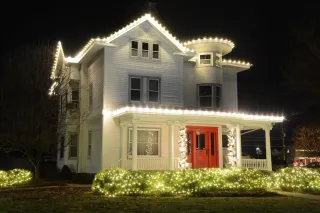
What is the difference between commercial-grade and residential-grade Christmas lights?
Commercial-grade Christmas lights are designed for heavy-duty use and can withstand harsher conditions than residential-grade lights. They are also typically brighter and more durable.
What are the different types of commercial-grade Christmas lights?
The most common types of commercial-grade Christmas lights are LED, C7, C9, mini, and solar lights.
What are the benefits of using commercial-grade Christmas lights?
Commercial-grade Christmas lights are more durable, brighter, and more energy-efficient than residential-grade lights. They are also more versatile and can be used to create a variety of different looks.
What are the drawbacks of using commercial-grade Christmas lights?
Commercial-grade Christmas lights can be more expensive than residential-grade lights. They may also be more difficult to find.
How do I choose the right type of commercial-grade Christmas lights for my needs?
When choosing commercial-grade Christmas lights, consider the following factors:
Durability: If you are using the lights for a large or outdoor display, you will need to choose lights that are durable and can withstand harsh weather conditions.
Brightness: If you need the lights to be seen from a distance, you will need to choose lights that are bright.
Energy efficiency: If you are using the lights for a long period of time, you will want to choose lights that are energy-efficient.
Versatility: If you want to be able to create a variety of different looks, you will need to choose lights that are versatile.
Cost: Commercial-grade Christmas lights can be more expensive than residential-grade lights. Set a budget before you start shopping.
Where can I buy commercial-grade Christmas lights?
Commercial-grade Christmas lights can be purchased online, at specialty lighting stores, and at some home improvement stores. Best prices are above to buy lights
How do I install commercial-grade Christmas lights?
To test commercial-grade Christmas lights before you install them, simply plug them in and turn them on. If any of the lights do not work, replace them before you put up your display.
How do I store commercial-grade Christmas lights properly?
When you are finished with your commercial-grade Christmas lights, be sure to store them properly in a cool, dry place. This will help to extend the life of your lights.
What is the average lifespan of commercial-grade Christmas lights?
The average lifespan of commercial-grade Christmas lights is 5-10 years. However, this can vary depending on the type of light and how well it is cared for.
How do I troubleshoot commercial-grade Christmas lights?
If you are having problems with your commercial-grade Christmas lights, the first thing you should do is check the wiring. Make sure that all of the connections are secure and that there are no frayed or damaged wires. If the wiring is in good condition, the next thing you should do is check the light bulbs. Replace any bulbs that are burned out.
What is the warranty on commercial-grade Christmas lights?
The warranty on commercial-grade Christmas lights varies depending on the manufacturer. Be sure to read the warranty information before you purchase your lights.
What are the safety precautions to take when using commercial-grade Christmas lights?
When using commercial-grade Christmas lights, it is important to take the following safety precautions:
Always use proper wiring.
Secure your lights to the ground or structure.
Do not overload your electrical circuits.
Be careful when using ladders or other elevated surfaces.
Copyright ©2024 All Right Reserved website designed by christmaslights.io
Terms of Service / Privacy Policy
Have questions or need assistance?
Contact us at (855)619-LITE


